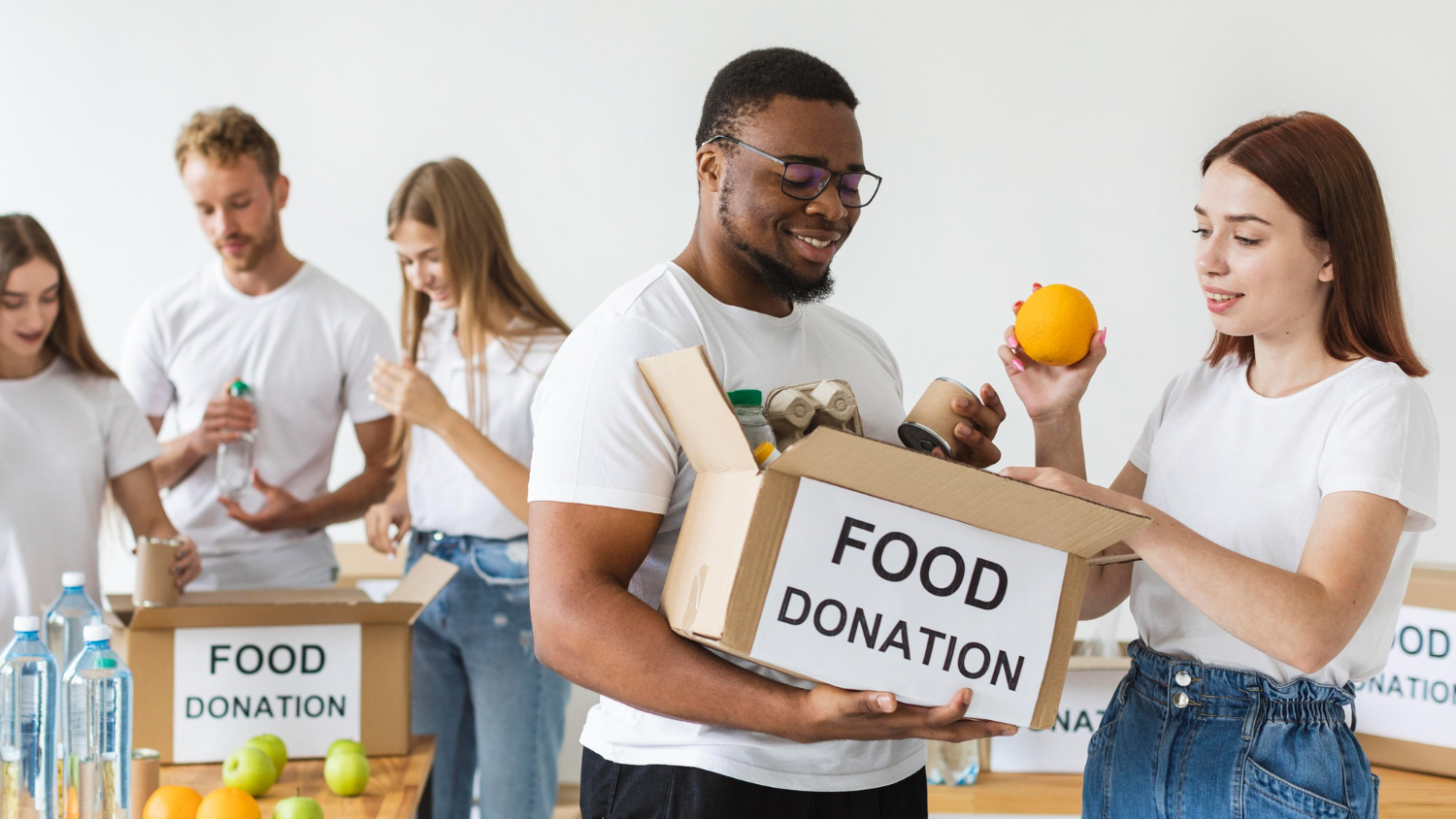Fundraising drives are often the backbone of financial success for schools, nonprofits, and community groups. The heart of a successful fundraiser lies in the support and active involvement of the local community. People tend to rally around causes that are close to their hearts and homes, transforming fundraising efforts from a simple financial goal to a community-powered mission.
When community members actively participate, it creates a ripple effect of enthusiasm and support. This involvement transforms the fundraising experience into more than just reaching monetary goals; it becomes about building connections and trust. The effort becomes a shared journey, fostering a sense of pride and ownership among everyone involved.
This article explores the significance of community involvement in fundraising. Understanding its importance can help you harness the full power of your local network, turning every fundraiser into a collective success story. When your community is behind your cause, the possibilities are endless, making your goals not only achievable but also a source of pride for everyone involved.
Understanding the Importance of Community Involvement
Community involvement plays a key role in the success of any fundraising effort. When people from your town or neighborhood take part in your goals, it adds energy and support that’s hard to achieve alone. Rallying the community means more than just raising money. It builds bonds, creates trust, and often leads to new friendships and a shared sense of purpose.
Having strong local support means people are more likely to spread the word about your event. They may invite friends, family, and coworkers, which helps raise more funds. This network of enthusiastic participants often leads to a bigger turnout and greater success. Communities with engaged members can turn fundraising events into celebrations where everyone feels connected to the cause.
Trust within a community is another big boost for fundraising. People who feel a part of the event are more eager to help make it happen. They trust the organizers and feel confident that their contributions are going toward a worthy cause. This trust encourages more people to donate and support the effort, knowing their involvement makes a difference.
By fostering community involvement, you create an environment where everyone feels invested in the outcome. This sense of belonging can transform your fundraiser from a financial task into a unifying mission that strengthens ties and amplifies support.
Building Strong Relationships with Local Organizations
Partnering with local organizations is a powerful way to enhance your fundraising efforts. These partnerships can provide resources, amplify outreach, and lend credibility to your cause. To start, identify key stakeholders who share an interest in supporting community initiatives. Think of local businesses, schools, clubs, and nonprofit groups that align with your goals.
When reaching out, it’s important to communicate clearly what your fundraiser aims to achieve and how a partnership would benefit both parties. A simple email or phone call can begin the relationship, followed by a face-to-face meeting, if possible. Discuss the possible ways the organization can get involved, whether through sponsorships, providing volunteers, or offering in-kind donations.
Developing long-lasting partnerships requires an understanding of mutual benefits. A local restaurant might sponsor an event in exchange for advertising, or a community center might host your fundraiser, drawing in neighborhood families. These arrangements help both the fundraiser and the local organization gain exposure and support within the community.
Remember to express gratitude and recognize the efforts of these partners. A small thank you note or public acknowledgment can go a long way in maintaining the relationship. Strong partnerships offer ongoing opportunities and resources, making future fundraising endeavors even more successful. By collaborating effectively with local stakeholders, you create a supportive network that continues to grow and thrive alongside your fundraising mission.
Effective Strategies for Engaging the Community
Engaging the community effectively means creating opportunities where everyone feels involved and valued. Start by organizing events that cater to varied interests. Host activities like craft fairs, local talent shows, or sports tournaments that naturally draw community participation. These events provide fun while raising funds and awareness for your cause.
Encourage volunteer opportunities that allow community members to contribute actively. Whether it’s helping set up an event, managing stalls, or performing in shows, these roles provide ownership over the fundraiser’s success. People tend to support causes where they feel personally involved.
Local businesses can serve as valuable partners. Seek sponsorships or in-kind donations in exchange for promoting their brands during events. This partnership can increase an event’s reach and add credibility. Businesses often enjoy offering resources or aid if they see a mutual benefit in community goodwill or local exposure.
Community challenges or contests can boost engagement. Friendly competitions, like who raises the most funds or secures the most participation, create excitement and group participation. Use social media to spread the word, making it easy for people to share and draw more participants. Local media outlets are also great allies; they can spotlight your events and attract wider attention.
Measuring the Impact of Community Involvement
Evaluating community involvement is crucial to understanding the impact of your fundraising efforts. Start by setting clear metrics or benchmarks for success early in your planning. These could include participation rates, funds raised, or volunteer involvement. Once the fundraiser concludes, use these metrics to assess how well you’ve met your goals.
To gather feedback from participants, consider using surveys or feedback forms. These tools help understand what worked and what could be improved. Ask attendees about their experiences, what they enjoyed, and suggestions for future events. This input provides valuable insights for better planning and execution next time.
It’s important to acknowledge and share your successes with the community. Highlight stories of success, such as reaching fundraising targets or a touching community experience during the event. Sharing these stories through newsletters, local media, or social platforms keeps the community involved and aware of their positive impacts.
Celebrating these successes and openly acknowledging contributions encourage ongoing community support. Continuously inviting feedback and adapting to suggestions will help make future events even more successful, fostering long-term relationships and trust within the community.
Conclusion
Community involvement transforms fundraising efforts into powerful community movements. Engaging the community through creative events, strategic partnerships, and open communication makes a significant difference. Successful fundraisers depend on the strength of these community ties, boosting not just funds but also relationships.
Are you ready to see the power of community involvement in your next fundraiser? Let Sudz Fundraising guide you to success. With our tried-and-true methods and engaging programs, you’re set for a more connected community event. Bring your community together and see firsthand how collective efforts create lasting change. Contact us to learn more about our fundraiser products and get started on planning your next winning fundraiser!





